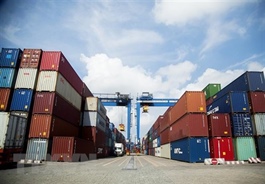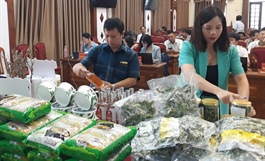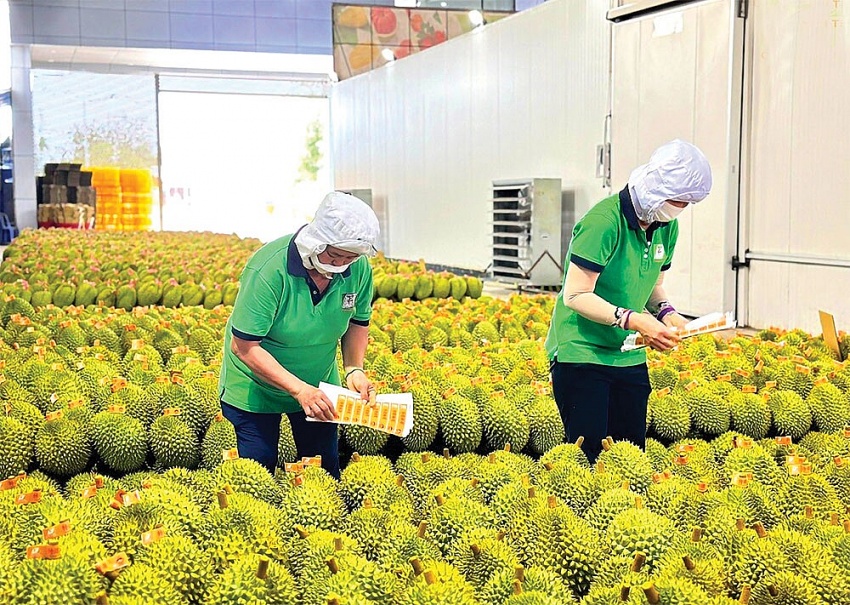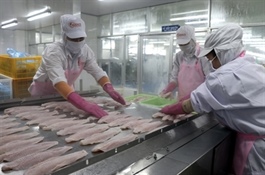Vietnamese-made products: The choice of top global markets
Vietnamese-made products: The choice of top global markets
Vietnam’s trade sector harvested inspiring achievements in 2023, being listed in the top 20 nations in trade scale.
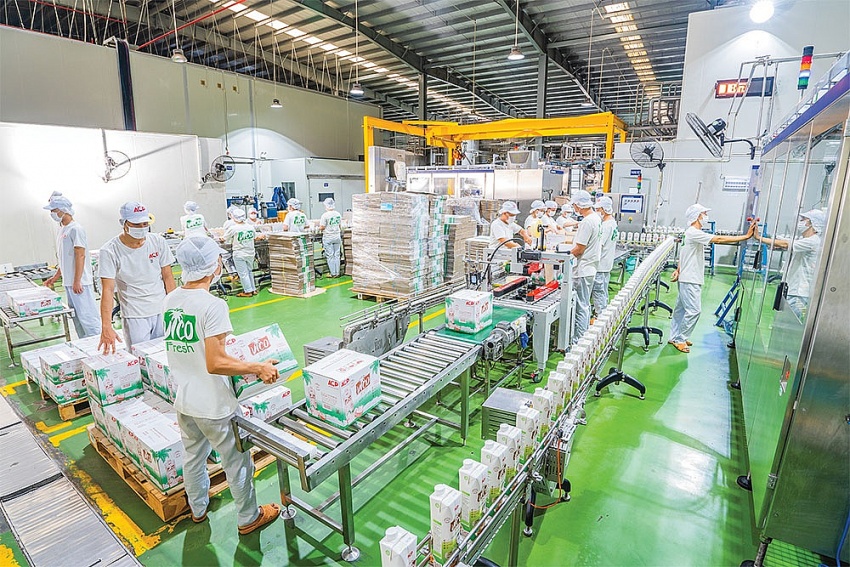
Figures from the General Statistics Office show that Vietnam secured an estimated $683 billion in total import-export value in 2023, in which exports generated $355.5 billion, down 4.4 per cent on-year, and imports shed 8.9 per cent to $327.5 billion. With such results, Vietnam’s eyed a trade surplus status for the eighth consecutive year, reaching $28 billion, setting many year record.
The figures more than doubled that in 2022, contributing to bolstering forex reserves, ensuring exchange rate stability, payment balance as well as other macroeconomic indexes.
Albeit export was below 6 per cent set growth target, the $355.5 billion export value in 2023 attested to ‘concerted efforts’ of the government, ministries, sectors and businesses in weathering stormy times to secure export orders and bring hard currencies to the country.
Tran Manh Hai, deputy director general of Foreign Trade Agency under the Ministry of Industry and Trade (MoIT), noted, “With less favourable macroeconomic standing and sinking global total aggregate, import-export trade of our country, as well as many other countries, was negatively affected. There was diminished export value compared to 2022, yet compared to the decline in exports of several regional countries, Vietnam’s export had recovered more positively.”
The efforts made by diverse sectors are particularly apparent when looking at nine-month 2023 export performance of Malaysia which contracted 11.7 per cent on-year, Malaysia saw a 12.3 per cent decrease, that of Singapore down 10.8 per cent, of Thailand and the Philippines down 3.8 and 6.5 per cent on-year respectively. In Northeast Asia, exports of South Korea shed 11.5 per cent, of Japan down 5 per cent and of China down 5.7 per cent.
Closing 2023, two core segments of computers and related devices generated $110.5 billion in export value to Vietnam, accounting for 31 per cent of the country’s total export value. On that basis, these sectors are expected to generate $117 billion in export value in 2024.
Textile, apparel, footwear and handbags generated the country about $62.5 billion in the export value, continuing to expose room for further growth.
“Albeit the aggregate demand for processed industrial items has rebooted slowly, this is still the group leading growth when accounting for 85 per cent of export turnover structure; with the group of agricultural products, rice, and fruits continuing to be a bright spot in 2024 due to an steadily increase in order intake amid surging world import demands,” said MoIT Deputy Minister Phan Thi Thang.
Vietnam’s imprints on the global value chain have been increasingly apparent, with more agricultural items successfully worming their ways to top global markets. Around $53 billion worth of Vietnamese agricultural products were sold in the global markets last year.
Particularly, the Europe and America regions imported from Vietnam $166 billion worth of Vietnamese items, ranging from handsets, computers, apparels, to seafood, rice and woodwork, meanwhile export to Asia and Africa approximated $183 billion, similar to 2022 despite facing myriad hardships and accounting for more than 51 per cent of Vietnam’s total export value.
An important fulcrum to the country’s exports is that Vietnam’s relationships with the US and Japan have been raised to the highest level of comprehensive strategic partnership, contributing to facilitate investment and trade activities and many other fields to a new level. This, along with implementing cooperation pillars covering diverse areas, is the foundation for the bilateral trade turnover to soon reach $200 billion.
The country now embraces comprehensive strategic partnership relations with China, Russia, South Korea, India, the US, and Japan.
The export market has been constantly expanded, with 16 free trade agreements in progress, and possibly increasing to 17 in 2024.
However, in the context Vietnam’s key exports to major markets such as the EU and the US are facing growing pressure from trade defence and origin fraud investigations, local businesses need to update information, restructure production, mitigate disadvantages and overcome new trade barriers constituted in export markets.
To prepare for 2024 and best avail of market opportunities, the Asia Ingredients group (AIG) unveiled that they will continue to invest heavily in Vietnam with an eye on expanding activities elsewhere.
Towards this end, the group has injected capital into developing green material areas and acquiring a cutting-edge production system to constantly improve the quality of products and services, as well as expand the distribution network to the global market.
“Sustainable and green development is an important approach to promote development in the food ingredients industry and produce organic items from green raw material areas. This is a comprehensive approach, aiming to optimise the production and consumption of raw materials and products in a sustainable way, meeting the requirements of many major global markets,” said Le Nguyen Doan Duy, director of Business Development at AIG.
The capital investment source is deemed a non-issue, as AIG has received venture capital from Marubeni Growth Capital Asia, part of Japanese conglomerate Marubeni Corporation. Marubeni’s companionship and investment have empowered AIG to expand its scale of operations, improve production capacity, and develop products for the global market.




